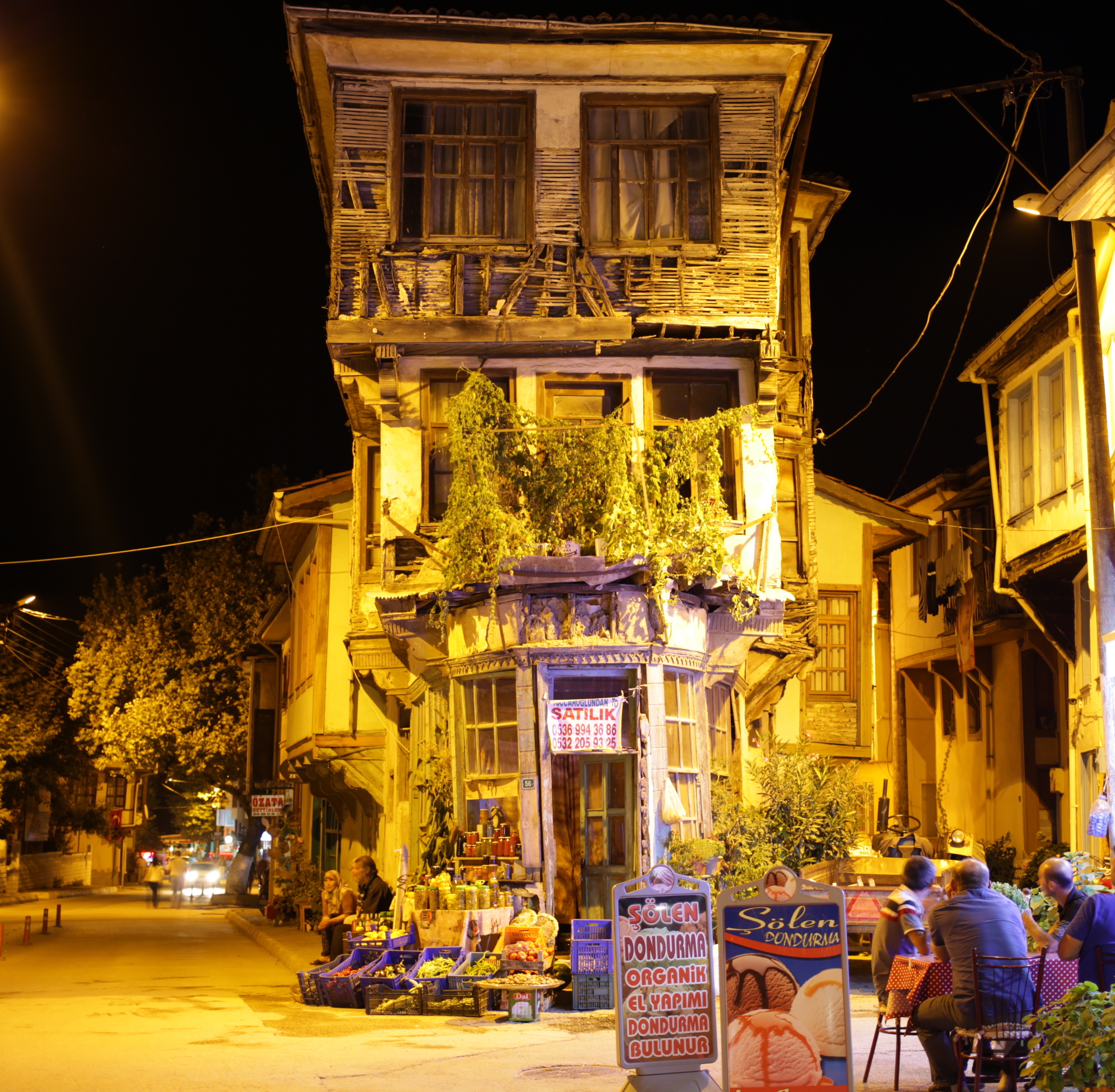A glimpse into Japan's imperial past

My sensors registered the intricate architecture and design of the Tokyo Imperial Palace, a significant historical landmark in Japan. The palace served as the residence of the Emperor of Japan until 1868. The palace grounds are surrounded by moats and impressive stone walls, which stood the test of time, natural disasters and wars. The palace complex boasts rainwater drainage systems, large gardens full of cherry blossom trees, and even a museum displaying some of Japan's richest cultural artifacts. What was most interesting to me was learning about the traditional Japanese art of gardening which is quite different than what I am used to in my home galaxy. The discipline of garden-making for aesthetic purposes went back at least to the eighth century, but it was during Muromachi Period (1392-1573) that the principles behind Japanese garden design were first codified. Although the palace is no longer used as a residence by the Emperor of Japan, it still serves as the hub of major Imperial ceremonies.



